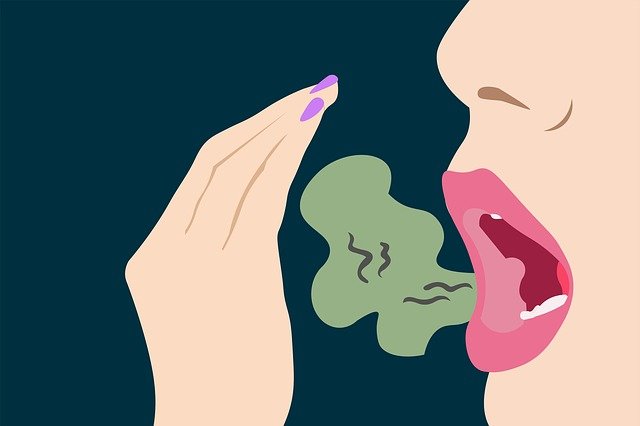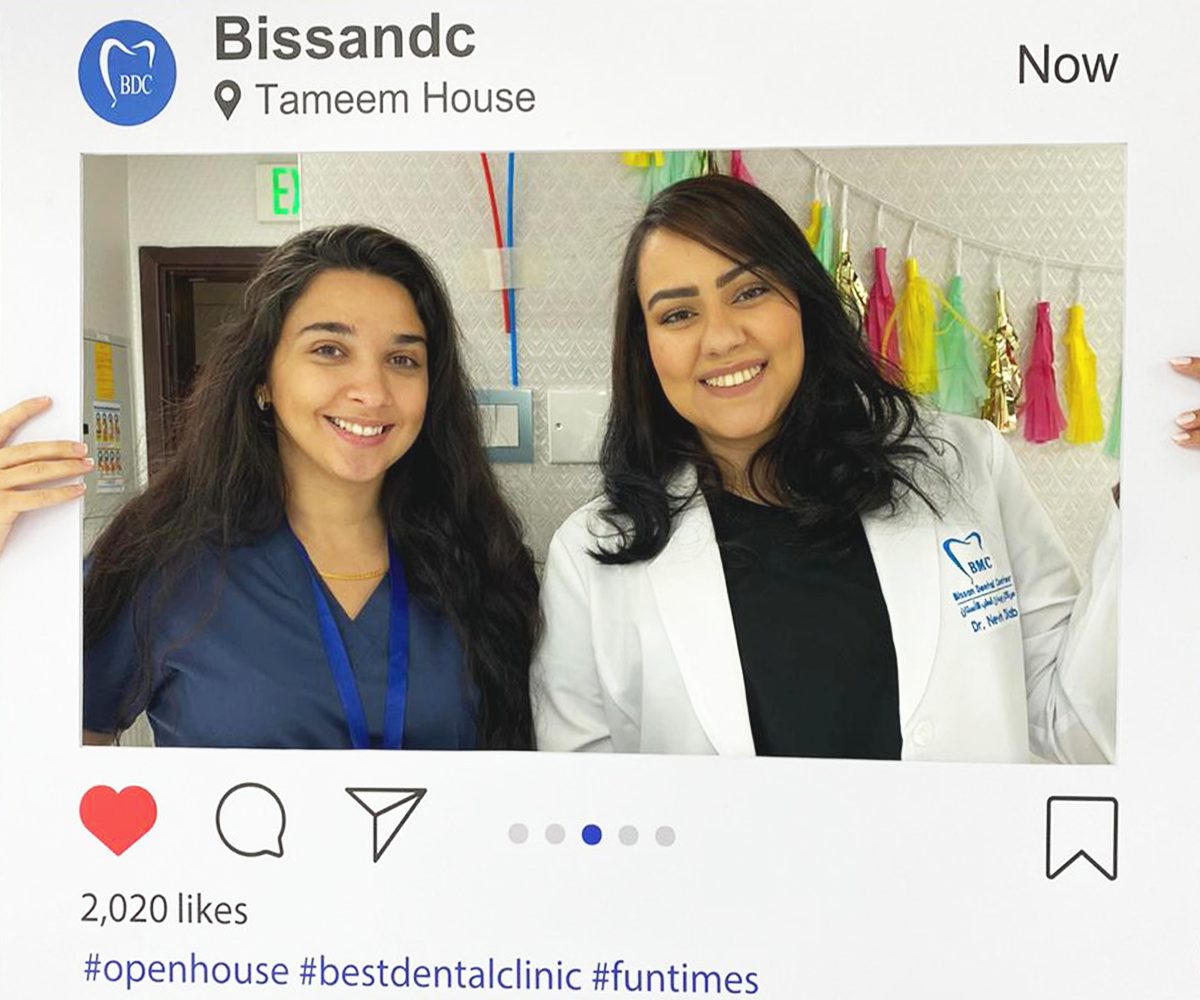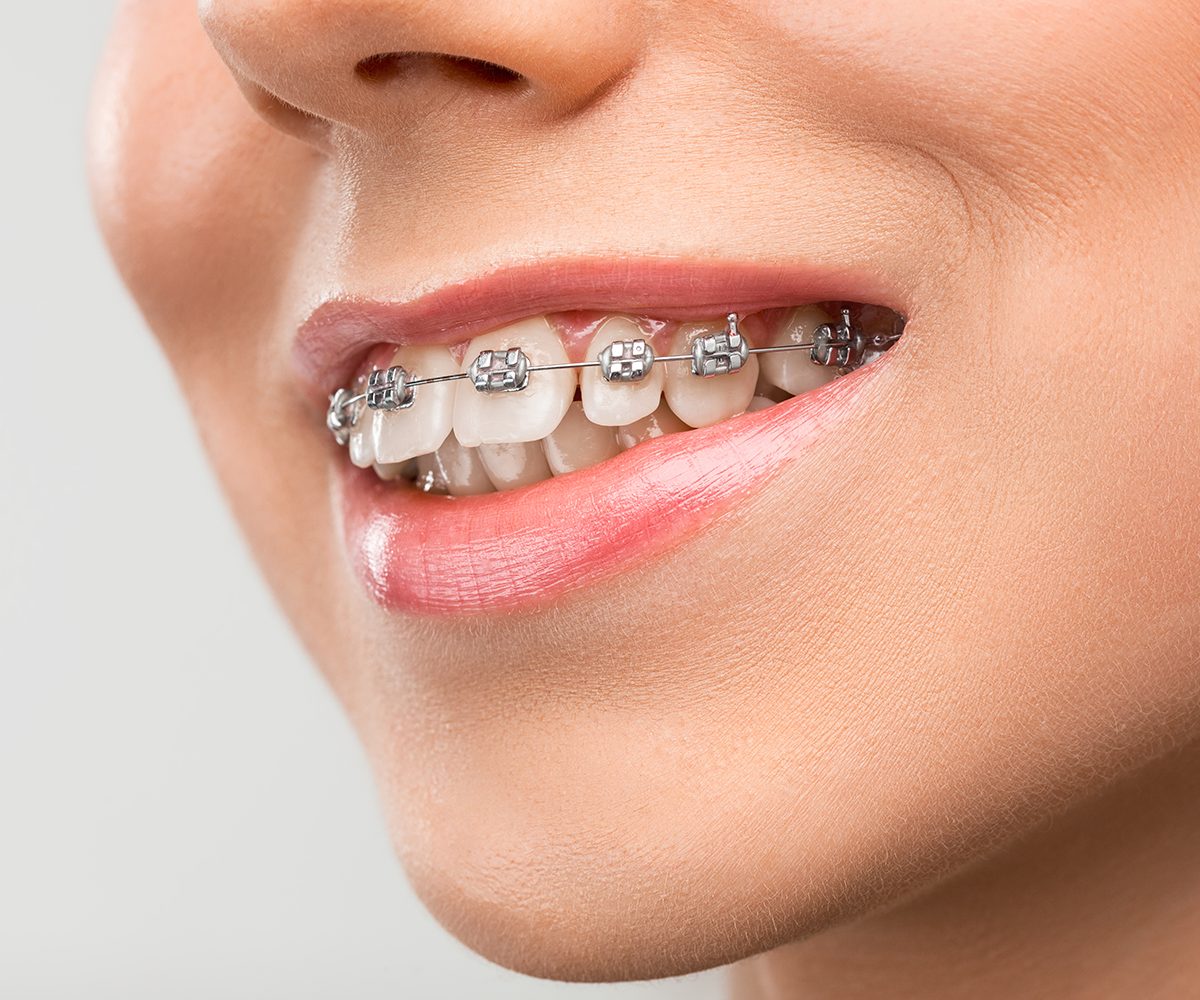Invisalign technology has transformed orthodontic treatments with unique transparent aligners, making it a game changer in aesthetic dentistry. The Invisalign system has several benefits over traditional braces’ brackets and wires. Instead of a metal bracket and wire system, Invisalign employs a set of transparent plastic aligners worn for two weeks.
Invisalign has greatly developed over the last 20 years, revolutionising orthodontics and providing millions of people with a discreet and pleasant approach to attaining a confident smile. In this blog, we will explore how Invisalign technology can transform orthodontic treatment.
What is Invisalign?
Invisalign is a modern approach to teeth alignment that uses invisible plastic aligners, unlike traditional braces and wires. These aligners are developed specifically for each patient and are designed to reposition their teeth into the ideal position. These aligners are made of a flexible thermoplastic polymer that gently pressures teeth as it gradually moves them into place.
What’s the attractive part? The Invisalign treatment is personalised for you.
Before beginning treatment, you will have a 3D digital scan of your teeth, which will assist your dental professional in creating a personalised treatment plan.
Why is Invisalign preferred by many?
Traditional braces are attached to the teeth using brackets and wires. So, it’s common for those who use braces to go through:
- Pain
- Mouth ulcers
- Discomfort
- Injuries
Also, braces make brushing and flossing difficult, making your teeth more prone to decay. Other oral hygiene issues may also exist, such as tooth discolouration and plaque buildup.
Braces also impact your diet as there are dietary restrictions since removing food attached to the wires or bracket is difficult. The effort to brush off the food particles clinging to the braces may result in the bracket loosening, bending, or breaking. There are several reasons why Invisalign offers painless treatment than these braces.
Ways Invisalign is transforming orthodontic treatment
According to the American Dental Association (ADA), aligning teeth may considerably enhance dental health. But with standard braces, there are many repercussions, as it’s easy for food to get stuck in the wires and clips. This can cause plaque and tartar to build up, which may result in gum disease and tooth damage.
But with Invisalign, patients can align their teeth with improved precision, comfort, and convenience. Consequently, many people opt for Invisalign as their preferred orthodontic treatment option. Here are a few reasons why Invisalign is transforming orthodontic treatments:
Gives you freedom of flexibility.
Metal braces remain in your mouth until the therapy is completed. The best thing about Invisalign is that it is created with the patient’s comfort in mind. They provide you the freedom to remove the braces whenever you desire. For example, when you want to eat, drink, or clean, floss your teeth.
There are no dietary restrictions.
Traditional braces tend to limit the patient’s eating options. Food particles are commonly caught in the wires and brackets, and the patient may inadvertently remove a portion of the metal gadget.
Invisalign gives you the freedom to eat anything you want. All you have to do is take them out while eating. After that, you must clean and floss your teeth before replacing it.
Oral hygiene improvement.
Because Invisalign aligners are easily removed, cleaning the teeth and maintaining oral health is considerably simpler. Braces are permanently attached for a while, so people who wear them cannot remove them before eating. This can be very frustrating sometimes and can lead to poor oral hygiene.
It does not scrape the insides of your mouth.
To rectify your teeth’s alignment, orthodontic therapy applies pressure to braces to shift them into various places. It’s a whole different scenario with Invisalign. To align your teeth, they exert pressure in the same way that conventional braces do. Because of smooth custom-fitted plastic aligners, you will not feel any pressure, and your mouth will not be scraped, jabbed, or pinched.
Say cheese now
Invisalign is a breakthrough approach for obtaining a beautiful smile without the inconvenience of conventional braces. Invisalign offers an economical and effective choice for tooth correction because of its transparent, custom-made aligners and user-friendly approach.
Our specialists understand the unique demands of your smile and will work with you to develop treatment regimens that work around your schedule.






